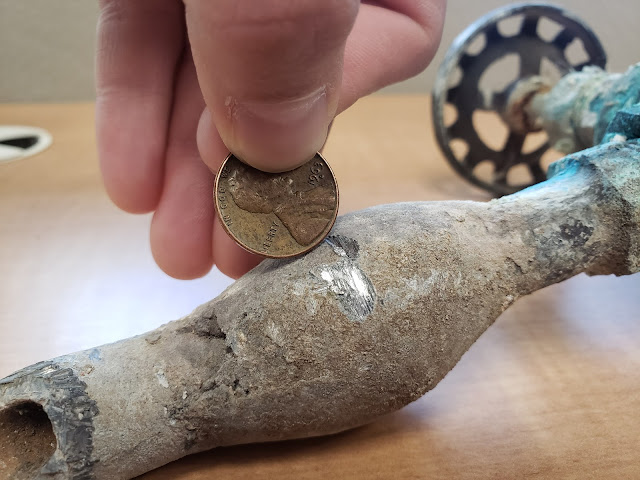On August 14, 2023, the Water Quality Control Commission adopted the Lead and Copper Rule Revisions into Regulation 11. The changes to Regulation 11 are effective as of October 15, 2023, but the Lead and Copper Rule Revisions have a delayed start date and won’t take effect until October 16, 2024. The Lead and Copper Rule Revisions are a comprehensive update to the EPA’s 1991 Lead and Copper Rule.
Prior to adoption the division conducted an extensive stakeholder process with 26 meetings that provided opportunities for public feedback about the proposed changes. Overall, the division gained stakeholder consensus on adopting the Lead and Copper Rule Revisions into Regulation 11 within two years after promulgation of the revisions, and many of the stakeholder comments related to clarity of the rule requirements. The division reorganized the structure of the Lead and Copper Rule Revisions and incorporated stakeholder comments into the draft rule, where possible, to increase readability and clarity.
The Lead and Copper Rule Revisions affect more than 1,050 community and non-transient, non-community public water systems in Colorado, serving nearly 6.5 million people. A key requirement due by October 16, 2024 is that all systems subject to the rule must complete an initial lead service line inventory to classify the material of each service line entering a building, regardless of ownership.
To aid systems, the division has made many resources available to systems. First, we have posted EPA and state guidance for systems on how to complete a lead service inventory and reporting forms to submit to the division once completed. Second, the division contracted with Corona Engineering and worked with stakeholders to develop an initial lead service line inventory development policy that details the expectations for completion of an inventory and clarifies many lingering issues that remained unanswered in EPA guidance. Some examples include:
- When can galvanized pipe be considered non-lead versus galvanized requiring replacement?
- How does a system use predictive modeling to complete their inventory?
- When can a system indicate all service lines installed after 1959 are non-lead?
Third, we are contracting with WSP USA Inc to provide no-cost technical assistance to systems serving less than or equal to 15,000 people and allowing systems serving 7,500 or more people to apply for grants to assist with completing their service line inventory and service line replacement planning. This money cannot be used for physical replacement of lead service lines. Grants will be awarded on a first-come, first-serve basis to eligible applicants over several application periods.
It’s important to note that with less than one year left to complete an initial lead service line inventory and recognizing the resources necessary to diligently complete an inventory, water systems may categorize service lines as “lead status unknown” when they cannot determine the material through an evidence-based approach. However, additional requirements, including customer outreach and planning, are triggered under the new rule if any service lines are listed as “lead status unknown.”
- Other key changes under the LCRR include, but are not limited to:
- Compliance with a new lead “trigger level” set at 10 parts per billion (ppb).
- Tap sampling requirements that target lead service lines.
- Testing water for lead in schools and childcare facilities.
- Strengthened corrosion control treatment, lead service line replacement, and public education requirements.
Please note that these key requirements (e.g., lead trigger level and sampling changes) may be revised under another new rule, the Lead and Copper Rule Improvements (LCRI). The EPA plans to finalize the LCRI by October 2024. The department is awaiting more information about the LCRI in late 2023 or early 2024. Therefore, the department will provide communication and resources related to these requirements once more is known about the LCRI.
Resources:
- LCRR guidance, FAQs, and forms are available on the department’s Lead and Copper Rule & Revisions webpage.
- Review the department’s initial service line inventory development policy.
- To request no-cost technical assistance (Systems ≤ 15,000), complete the online form.
- To apply for grant funding (Systems ≥ 7,500, visit the Water Quality Grants webpage.
- Visit the department's drinking water training and assistance website to register for upcoming Lead and Copper Rule courses (online and in-person options available) and other free training opportunities.

